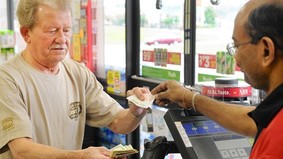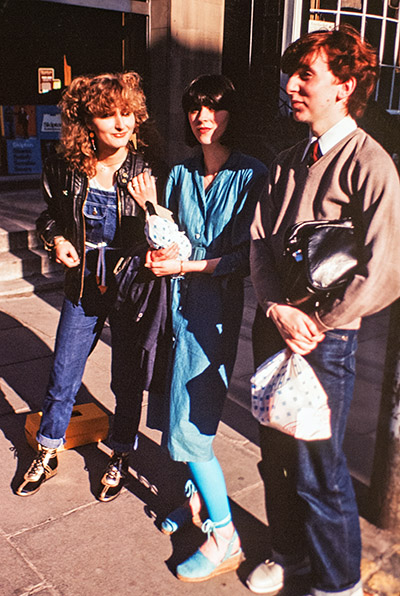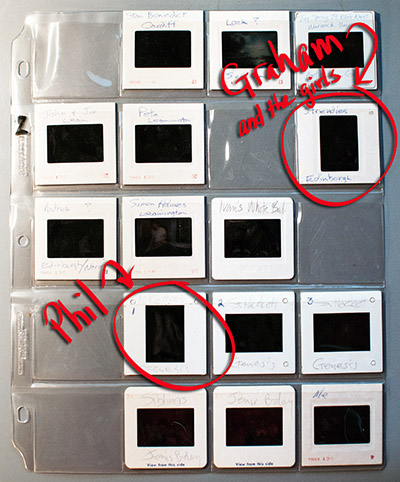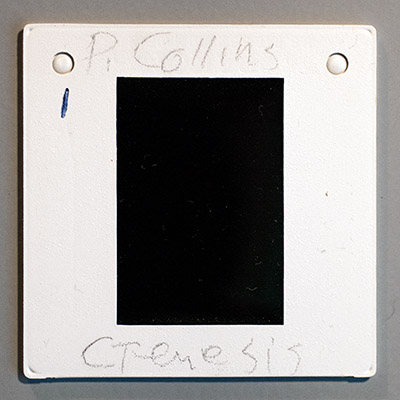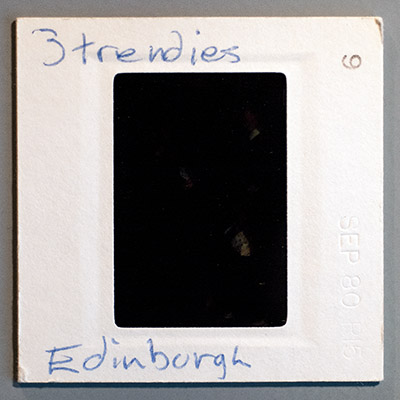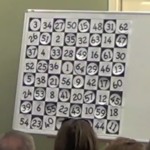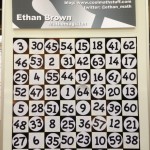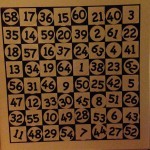(Submitted by Skepticality listener Craig.)
Hi.
I have this story this is totally legit, happened to me a few months ago.
Basically one Sunday night we heard a big crash out the front of our house. Turns out a car had crashed through our neighbour and my front fence with three young occupants (2 males, 1 female). The police came and took the relevant details and while getting names we realised the driver lived right next door to my sister, who lives two suburbs away (Melbourne, Australia). She always said they were dodgy neighbours!
Then when the my neighbours daughter in law came around to see if everything was fine she realised that she knew the female occupant of the car (who then begged not to tell her parents). Her sister was the god mother of the girl.
So it was to co-incidents in the one crash. The odd’s must be crazy!
Regards
Craig
Below are the extended notes provided by contributing editor Mark Gouch for use in Skepticality Episode 249. Mark is a wastewater treatment system operator and engineer living in Smithtown, NY (Long Island). He started to become interested in coincidences after recognizing the series of events that conspired to get him employment on Long Island many years ago. Two of Mark’s recommended books include “The Drunkard’s Walk: How Randomness Rules Our Lives” by American physicist and author Leonard Mlodinow, and “The Hidden Brain: How Our Unconscious Minds Elect Presidents, Control Markets, Wage Wars, and Save Our Lives” by Shankar Vedantam.
Take a look and leave your comments below. Also, please be sure to listen to the podcast for our own hilarious commentary.
There is an old adage that says most car accidents happen close to home. We’ve all heard this, and it seems reasonable that since we drive to and from our homes quite often, that we probably spend a lot more time driving near our home than far away, so we would expect to have more accidents close to home.
According to DrivingToday web site , this kind of data is surprisingly not typically gathered by law enforcement or insurance companies, but the Progressive Insurance company completed a survey in 2001 to try to find out. (Gather a decent amount of data, analyze the data, and learn something. What a progressive thing to do! )
According to the site, they gathered information from people who were involved in 11,000 accidents, and found 52 % occurred within 5 miles of home and 77% within 15 miles. (Isn’t it nice when actual statistics confirm what we thought we already knew? This seems to be not usually the case. So much of what people think is true turns out not to be true when researched objectively. But that is another story).
Craig said his sister lived two suburbs away. Suburbs is not a standard unit of distance in the U.S., so we are not sure how far that is. It’s probably safe to assume the distance is 15 miles or less. If so, then the person driving had really good odds of having an accident within a radius that includes his house.
So the fact that the driver lived only two towns away has to be considered as unremarkable. Or actually: pretty likely. It would be highly unlikely for a person who lives in Canada or Argentina to have crashed into your yard.
Your neighbor’s daughter-in-law knows one of the people in the car. So let’s restate this: Not your neighbor, not his child, but the child’s spouse knew someone in the car. So the acquaintance had three “degrees of separation”, so to speak, half way to Kevin Bacon (not sure if your part of the world will get that reference).
It seems that this coincidence should be calculated by the number of acquaintances that your neighbor’s family has compared to the number of people living in the greater Melbourne area. The number of acquaintances that people have on average has been estimated by various methods to be in a wide range of between 150 and 300.
A very cool teenage acquaintance I asked said 1,500 minimum, in this, the social media age. But I think that is high. According to Robin Dunbar on the Social Science Space Web Site, a good estimate is 150. In this case we are talking about acquaintances of family members, who will have some overlap in the people they know, so let’s conservatively use 100.
So if your neighbor knows 100 people and each one of those 100 knows 100 people, then the total number of acquaintances of your neighbor and his acquaintances is 100 * 100 or 10,000. Assume your neighbors have two children, and both are married. So we have your neighbor and his wife, their two kids, and their two spouses, for a total of 6 people. Those 6 people should have about 60,000 acquaintances. Wikipedia (the source of all knowledge) indicates that about 4.5 million people live in the greater Melbourne area . So it seems that the odds of this coincidence would be about 60,000/4,500,000 or about 1.33 out of a hundred. That’s not all that low. (if we used 150 the odds come out to 3.0 out of a hundred.
- http://www.drivingtoday.com/features/archive/crashes/index.html#axzz3SQw6YAQU
- http://en.wikipedia.org/wiki/Six_Degrees_of_Kevin_Bacon
- http://www.socialsciencespace.com/2013/11/robin-dunbar-on-dunbar-numbers
- http://en.wikipedia.org/wiki/Melbourne



